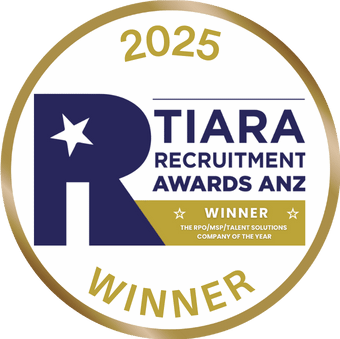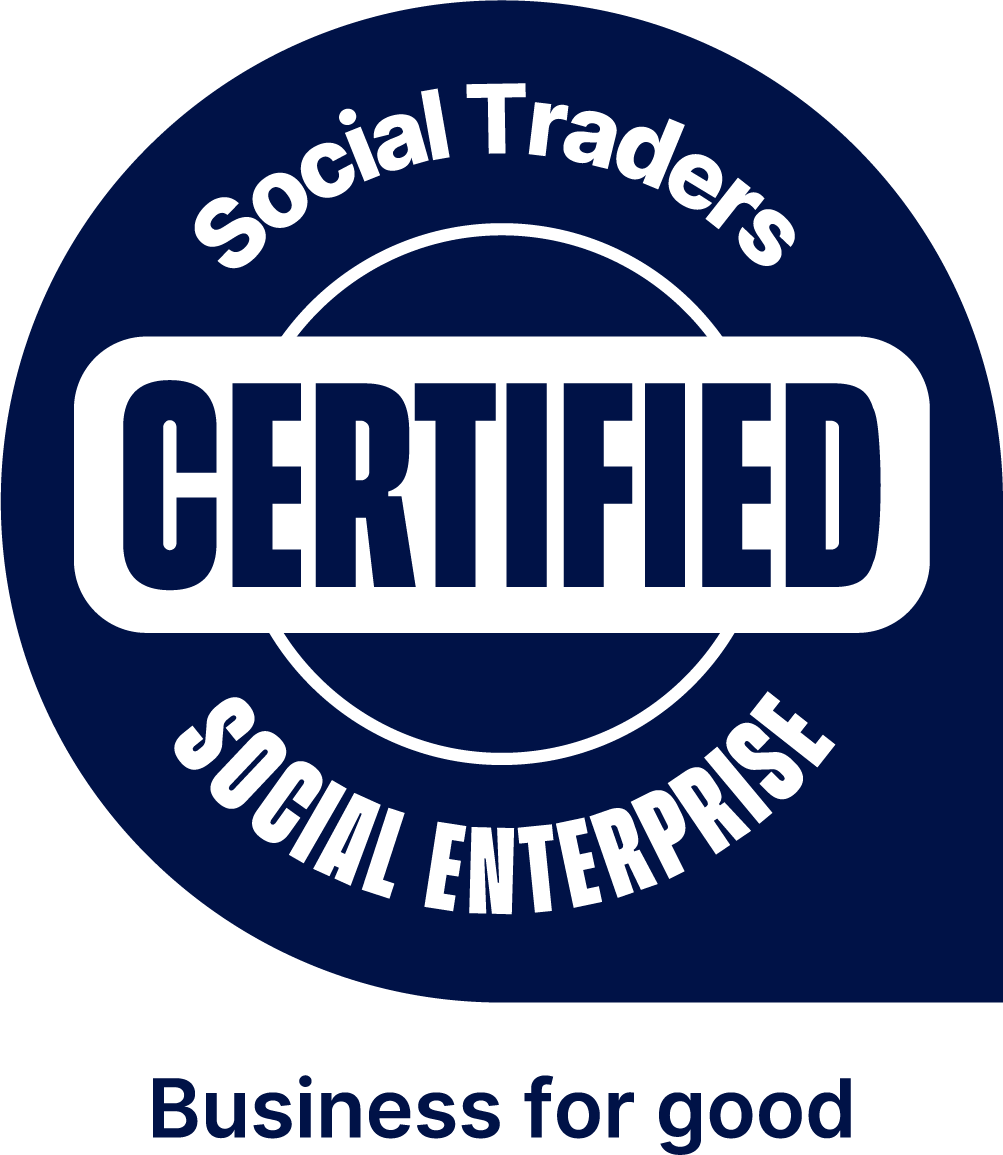A solar farm being built near Forbes in central-west NSW is providing a boost to female representation in the renewable energy industry, with women now making up more than a fifth of the workforce.
Beon Energy Solutions (Beon), which is building the Jemalong solar farm for GenEx, has implemented its successful Women in Solar program at the site. The program, which has been delivered by Chandler Macleod and funded under the Federal Government’s Launch into Work program, provides new skills and employment opportunities for women, many who have been out of the workforce for a long period.
Seven of the 33 women working at Jemalong are participating in the program.
Representatives from Forbes Shire Council and Forbes TAFE visited the GenEx-owned solar farm recently and met with some program participants.
Beon Energy Solutions General Manager Glen Thomson said the Women in Solar program continued at Jemalong following its success at the Bomen Solar Farm near Wagga Wagga.
“We have 33 women employed on this project and that’s well above industry standard for a solar farm of this size,” Mr Thomson said.
“We’re really proud of the opportunities the Women in Solar program is providing for many people in regional communities, particularly those who have been out of work but are keen to learn and are willing to grow their skills.”
Among the participants are Tracey Trainor, 39, a mother of eight, who had minimal work history but was eager to get back into the workforce.
“It has been really hard to get much of an opportunity after being out of work for so long, so Women in Solar has been amazing for me,” Ms Trainor said.
For 65-year-old Aboriginal woman Lynette Toomey, the Women in Solar program gave her a chance to get back into the workforce and try something new.
“I’ve been unemployed for the last five months and I’m so thankful that someone has looked past my age and given me a go,” Ms Toomey said.
The 50MW solar farm will produce 128,700MWh of electricity each year, enough to power 23,000 homes and offset 104,000 tonnes of CO2 emissions annually.
Beon has built Jemalong’s 152,000 solar panels plus associated infrastructure for solar farm owner GenEx, using a large and diverse local workforce.
So far, 151 jobs have been created to construct Jemalong, with 68% of those local, 22% women and 11% Aboriginal. Of the 83 mechanical labourers who worked on the project, 66 are from Forbes, Parkes and surrounding communities.
The project has injected $2 million into the local community, engaging more than 28 different local businesses and providing significant local employment opportunities.
The Jemalong Solar Farm is set to be fully operational early in 2021.
Our Involvement
At Chandler Macleod, we believe that embracing diversity and providing equal opportunity for employment is central to all aspects of our recruitment processes and practices.
Several organisations have been faced with employment dilemmas around talent/skill shortages which we have successfully implemented programs for and achieved fantastic outcomes and results.
Over the last 12 months Chandler Macleod has delivered over 120 pre-employment programs within the FMCG, T&L, Manufacturing, Construction and Utilities sectors. These programs assist candidates without recent or relevant experience the opportunity to develop specific skills. We focus on a candidate’s behavioural traits as opposed to the traditional and transactional model of relying on a resume.
“Approximately 1100 candidates participated within training with north of 900 candidates transitioning to employment and retention rate after 6 months of over 80%”New Paragraph

In collaboration with our clients & preferred job active providers, our employment pathway programs create opportunities for disadvantaged youths, mature-aged jobseekers, Indigenous Australians, Women and those with disabilities. We have delivered excellent results for our clients in sectors where women are traditionally underrepresented, to enable adjustments for disability and in Indigenous employment.




















